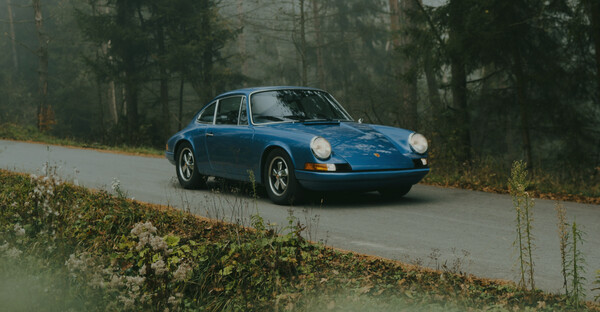Description
Building the fourth generation of the F-Series was quite an eventful experience for the Blue Oval, which was forced to change the design several times during the truck's five years of production, between 1961 and 1966. From the outset, the fourth-generation F-Series presented itself as a slightly strange vehicle, sitting closer to the road than the previous generation. Ford also decided to weld the cab to the body initially, to eliminate the gap between the cab and the body. This decision was short-lived, as the manufacturer reverted to a separate cab and body design in 1964. For the 1965 and 66 models, Ford introduced an all-new F-series chassis, although the overall body design remained the same - with the exception of the repositioned indicators, now positioned above the headlights.
They were also the first F-series trucks to offer more than 200 horsepower, thanks to a 352 ci V8 engine. In the late 50s and 60s, the pick-up became increasingly 'civilised'. In addition to softer suspension and other improvements, the main aim was to embellish the cab with more comfortable upholstery, interior door trim, padded dashboards and fancy steering wheels... but no-one had yet taken the plunge and fitted real bucket seats. No doubt inspired by the success of the Mustang, in 1965 Ford offered a cab finish option for the Ranger that included bucket seats, straight out of the Mustang. The Ranger pack had to be ordered in addition to the Custom Cab option. It included both the bucket seats and a liner behind them designed to conceal the old-fashioned fuel tank in the cab. The console, sourced from a 1963 Falcon Sprint or Comet S-22, was an additional option. This example, is a 352ci V8 Custom Cab fitted with the rare Ranger pack and a 3-speed manual gearbox. It has been restored, but we have no records. It runs perfectly.















